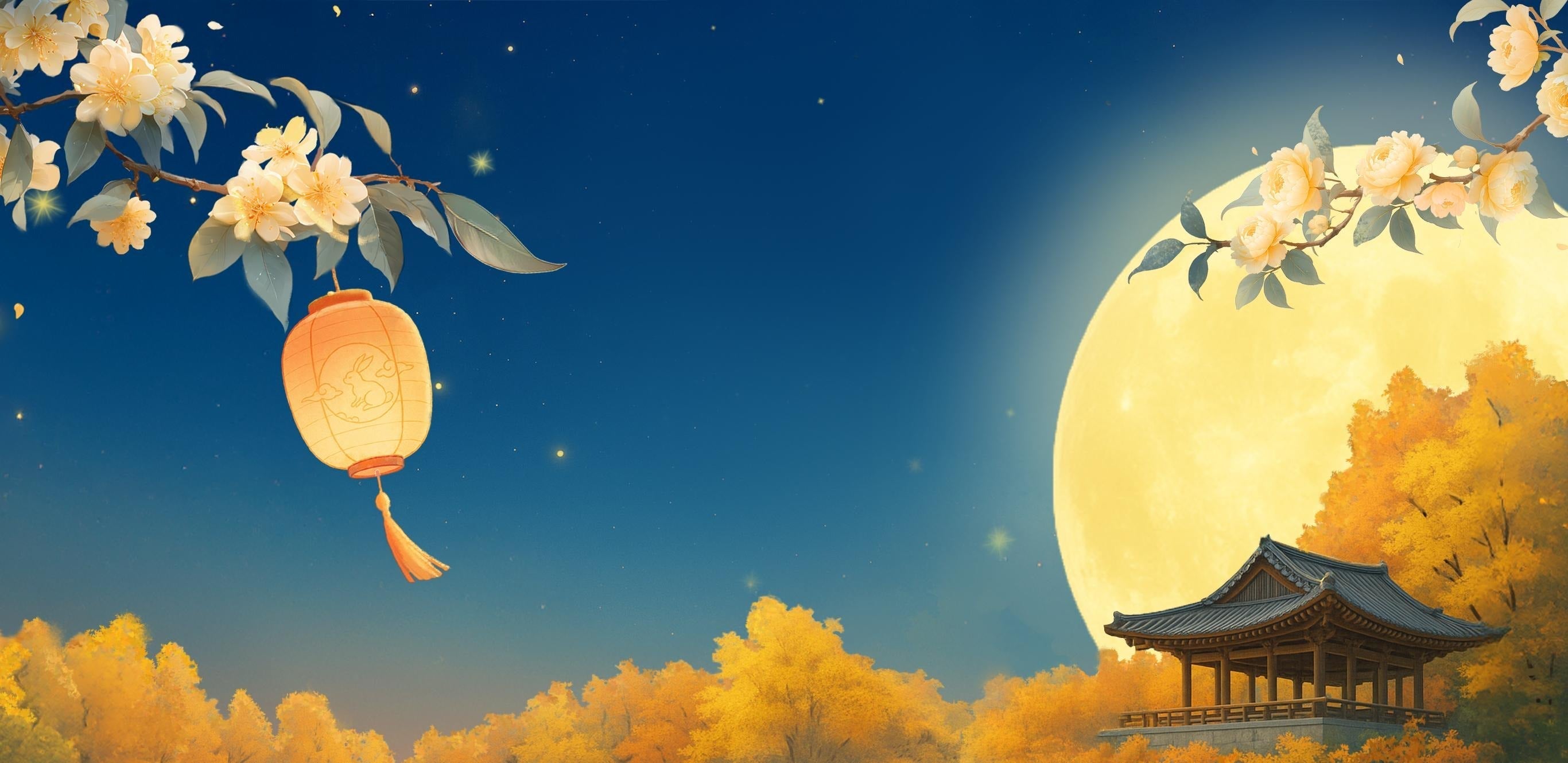
Stories Behind the Alternative Names of the Mid-Autumn Festival
Shen Yun Blog
With a history stretching back thousands of years, the Mid-Autumn Festival is like a long, unending song, with each year’s event like a melodious note playing along. Dynasties rose and fell, yet this song has never ended, and people today continue to add to it. Since the same moon that shines on us once illuminated the people of ancient times, let us look back through history and explore the origins of this festival through the different names it has taken on in different periods.
Moonlit Evening (月夕)
The poetic expression “flower mornings and moonlit evenings” (花朝月夕) is now used to describe beautiful scenery and cherished moments. But in ancient times, the phrase referred specifically to two days: the Spring Equinox and the Autumn Equinox in the lunar calendar. Why was Moonlit Evening used to name the Mid-Autumn Festival? Its origin can be traced back to the Book of Rites from the Zhou dynasty: “On the Spring Equinox, the Son of Heaven offered sacrifices to the sun; on the Autumn Equinox, he offered sacrifices to the moon.”
In ancient China, agriculture was a matter of survival, and the Emperor’s duty was to follow the rhythms of heaven and guide the people’s farming. As the prosperity of the people depended on favorable weather, and the sun and moon governed the seasons, rulers could not neglect prayers to the deities of the sun and moon.
It was in the Tang Dynasty that the 15th day of the 8th lunar month—when the moon was fullest—was formally designated as the Mid-Autumn Festival, distinguished from the Autumn Equinox. Ancient records say: “On the fifteenth day of the eighth month is the Mid-Autumn Festival. This day marks the exact midpoint of autumn, hence its name. On this night the moon shines brighter than usual, and so it is also called the ‘Moonlit Evening.’” From then on, the meaning of Moonlit Evening expanded beyond ritual sacrifice to include the joy of moon-viewing.
Moon-Worship Festival (拜月節)
A Tang poem once read: “For countless ages the moon has endured; on Mid-Autumn night it rises above the sea.” In ancient times, the moon was often called Taiyin (太陰, “the Great Yin”), and the deity of the moon was regarded as a guardian of women. A unique sight of the Mid-Autumn Festival was young maidens worshipping the moon under its glow. They would prepare tables with cakes and fruits, burn incense, kneel reverently, and pray for the moon goddess’s blessing.
Moon worship thrived in the High Tang era, though it was already widespread before then. Stories such as “the plain girl worships the moon” (無鹽女拜月) and “Diao Chan worships the moon” (貂蟬拜月) reflect this tradition.
In some regions, the festival was even called the Daughters’ Festival, tied closely to women’s moon-worship practices. Men were not allowed to participate, as yin and yang were seen as distinct; a man who worshipped the moon might risk attracting misfortune for an entire year instead of blessings.
Moon-Enjoying Festival (玩月節)
It was during the Song Dynasty that the Mid-Autumn Festival became a full-fledged occasion for feasting, entertainment, and celebration. Historical works such as Dreams of Splendor of the Eastern Capital and Old Stories of Wulin record that on this day the nightly curfew was lifted, allowing people to revel until dawn.
Lanterns of all shapes illuminated the streets as bright as day. Shops and street vendors bustled, restaurants served fat autumn crabs and fragrant osmanthus wine, children crowded around peddlers to see novelties, and countless floating lanterns drifted down rivers like stars in the sky.
The Song Dynasty was a time of prosperity, rich in goods and foods. The word mooncake first appeared in writings of the Southern Song. The poet Su Shi wrote: “Small cakes taste like chewing the moon, filled with pastry and syrup within.” People adored the round moon in the sky, but since they could not grasp it, they shaped pastries like moons, holding them in their hands, savoring their sweetness, and smiling with delight.
Reunion Festival (團圓節)
“The moon waxes and wanes; people part and reunite.” This line became famous because it echoed the common human experience. Since the Tang and Song Dynasties, countless poems have been written on Mid-Autumn night, expressing longing for home and wishing for reunion. Thus the festival gradually gained its most important alternative name: the Reunion Festival.
This meaning has endured to this day. On this night, the moon transforms from crescent to full, as if reminding people to set aside their busy lives and return home to spend time with family.
And if distant travelers cannot return to their longed-for homeland on this day, perhaps even the bright moon in the heavens feels their sorrow. Yet wherever you are, do not forget to send warm wishes to your loved ones.
This Mid-Autumn Festival, share a heartfelt experience with your family and friends.





















